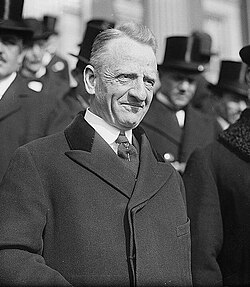| |||||||||||||||||
| |||||||||||||||||
 County and independent city results Glass: 80–90% 90–100% | |||||||||||||||||
| |||||||||||||||||
The 1936 United States Senate election in Virginia was held on November 3, 1936. Incumbent Democratic Senator Carter Glass defeated Republican George Rohlsen and was elected to his fourth term in office.

